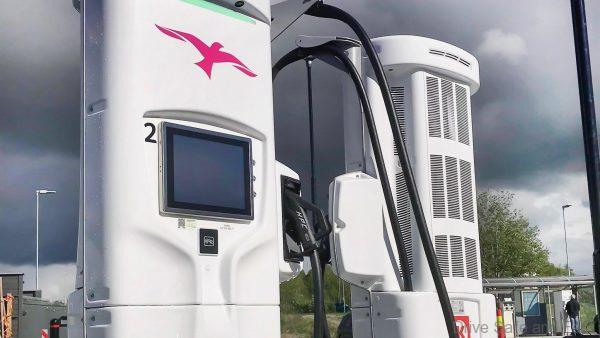This is the way China has persuaded its car buyers to move towards Electric Vehicles and plug-in hybrids. With purchase incentives, without restrictions, this is the direction in China and it continues. Let us share the facts.
China currently leads all nations globally for the use of electric cars and its sales of EV’s and PHEV’s continue to grow strongly: 117 percent in the first quarter of 2019 alone. This growth is based on low-cost offers and a broader selection of E-models and above all on regulatory incentives. Electric vehicles are not subject to registration restrictions or driving bans on certain days, that apply to vehicles with combustion engines in Chinese megacities. Malaysia could start the ban of smoky old vehicles in the heart of the Kuala Lumpur city and maybe even Putrajaya and Cyberjaya and allow ONLY electric and phev vehicles access to the city centre on weekends.

Purchase incentives in China for EVs, depending on range, have just been revised however, and will be cut later this year. For pure electric cars with a range over 400km, they will be reduced to CNY 25,000 (3,300 Euros) from CNY 55,000 (7,300 Euros). Electric ranges between 250km and below 400km will receive CNY 18,000 (2,400 Euros). Ranges under 250km will no longer receive purchase incentives. According to current information, purchase incentives will expire after 2020. (current exchange rate is RM4.67 to 1 Euro)

Last year, just over three quarters of a million pure electric passenger cars were registered in China. With the addition of 247,000 plug-in hybrid electric vehicles (PHEV), it made the NEV (New Energy Vehicle) balance surpass one million units for the first time. An almost doubling in size within one year. Despite the reduction in subsidies, customer demand is expected to remain high due to government-imposed targets. Manufacturers are stepping up their NEV offerings, as electric cars are making a decisive contribution to meeting the average consumption fleet targets. Next year, the limit will already be five liters per 100 kilometers.

Malaysian law makers can learn from this and follow with baby steps…..it has to start sometime and why not now.
